Opening Remarks
Hi everyone, I'm your old friend Snowball! I've been super busy lately, visiting ice and snow attractions across the country and seeing many exciting changes. I remember going to Harbin a couple of years ago and feeling the atmosphere wasn't lively enough. But now? It's absolutely crazy! During Spring Festival, Harbin received over 10 million visitors, and the whole city was buzzing with energy.
It's not just me - I've seen many young people sharing their ice and snow adventures on social media. From the magical light shows at Ice and Snow World to ice fishing on the Songhua River, and Russian cuisine on Central Street, every tourist spot was packed. Especially those visitors from the south - their excitement seeing snowflakes for the first time was incredible. They were running around in the snow like kids, constantly taking photos for their social media.
Astonishing Numbers
Honestly, these numbers left me jaw-dropped. In the 2023-2024 winter season, ice and snow leisure tourism nationwide reached 430 million visits, generating 524.7 billion yuan in revenue. What does this mean? Let me break it down: assuming each person spent 1,000 yuan on average, that's over 5 million visits to ice and snow activities - what a huge market!
Moreover, according to the China Tourism Research Institute's forecast, by the 2024-2025 winter season, visitor numbers will grow to 520 million, with revenue exceeding 630 billion yuan. By 2025, the entire ice and snow economy is expected to surpass 1 trillion yuan. This isn't just a simple tourism project anymore - it's become a true pillar industry.
I've seen many young people contributing to this industry. Some opened guesthouses, others became ski instructors, and some became ice and snow tourism bloggers. Everyone has found their place in this booming market, which is really fantastic!
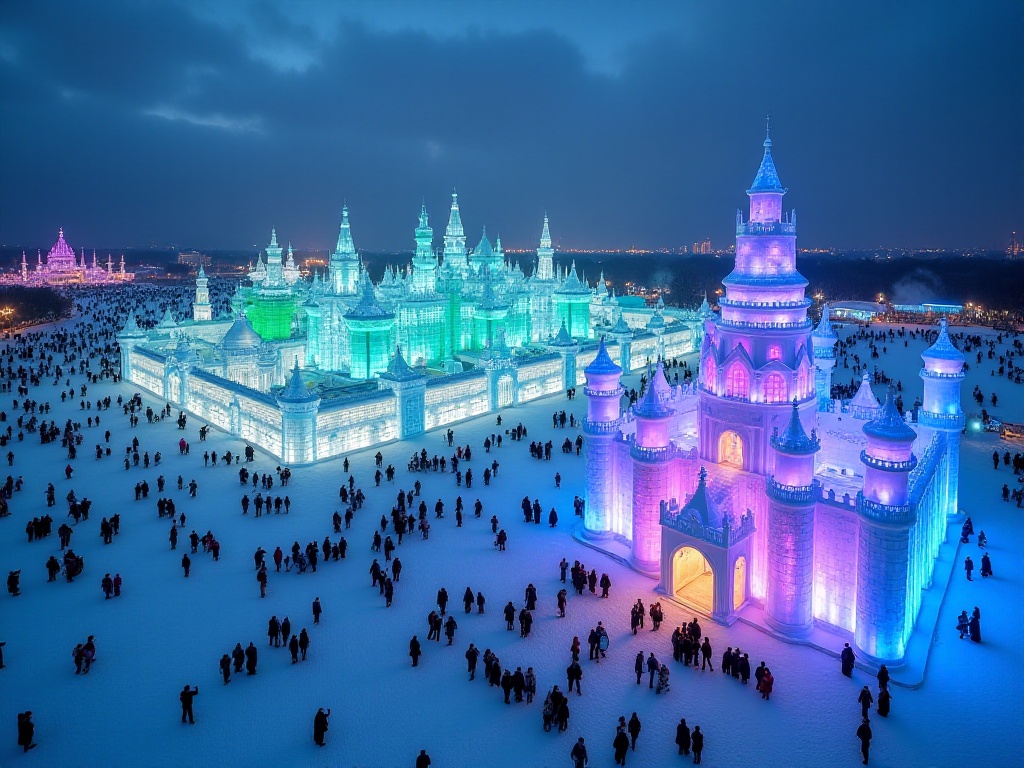
Snow Everywhere Nationwide
If you think ice and snow tourism is exclusive to the three northeastern provinces, you're very wrong! There are now 719 ski resorts, 1,970 ice skating rinks, and 995 ice and snow theme parks suitable for families nationwide. These numbers reflect the nationwide attention and investment in the ice and snow industry.
What surprised me most is that even in southern cities like Guangzhou, ice and snow activity visitors increased by 10% during Spring Festival compared to last year. A friend from Guangzhou told me their indoor ski resorts are often packed on weekends, with many people queuing early in the morning. Even tropical cities like Sanya have built indoor ice and snow parks, allowing tourists to experience winter sports while enjoying the sun and beach.
The indoor ice and snow venues are especially creative. Some facilities combine traditional winter sports with modern technology, using VR to simulate alpine skiing scenarios, letting visitors experience the thrill of downhill skiing indoors. Other venues have designed interactive game zones where children can treasure hunt and build snowmen, having endless fun.
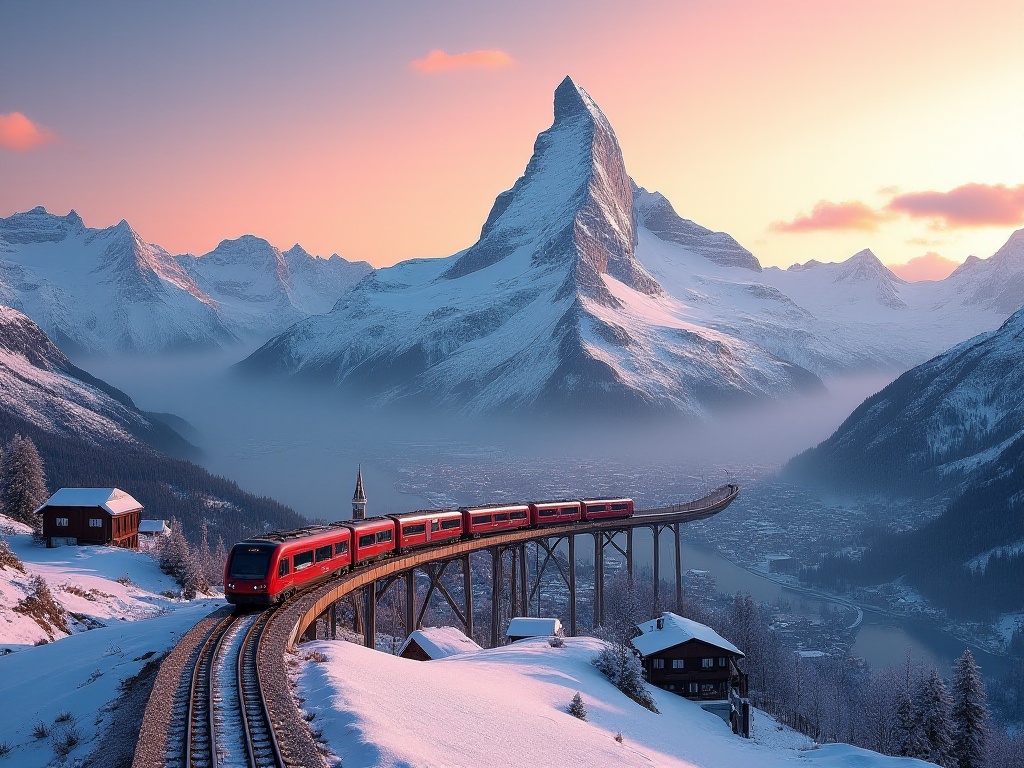
Northern Leadership
When it comes to ice and snow tourism leaders, the three northeastern provinces are undoubtedly the kings. Harbin Ice and Snow World hit a record of over 100,000 daily visitors - that number is incredible! I saw tourists queuing up just to take photos with the ice sculptures. The evening light shows are unbelievably beautiful, with colorful lights making the ice sculptures glow like a fairy tale world.
Xinjiang's General's Mountain International Ski Resort is also a dark horse, with daily skier numbers exceeding 10,000. The snow quality here is exceptional, earning it the nickname "China's Powder Snow Paradise." I met many ski enthusiasts who flew in specially from Beijing, Shanghai, Guangzhou, and Shenzhen, saying the slopes here have moderate difficulty, perfect for improving skills.
Jilin Vanke Lake Songhua Resort is even more impressive, with visitor numbers up 40.1% year-on-year. Besides professional ski facilities, they have hot springs, food streets, and ice and snow themed hotels. Many young people choose to spend weekends here, skiing during the day and soaking in hot springs at night - the perfect winter getaway.
I've also noticed an interesting trend - many northern ski resorts are focusing on personalized services. Some have opened family ski trails where parents can learn skiing with their children. Others have launched night skiing programs so office workers can enjoy skiing after work.
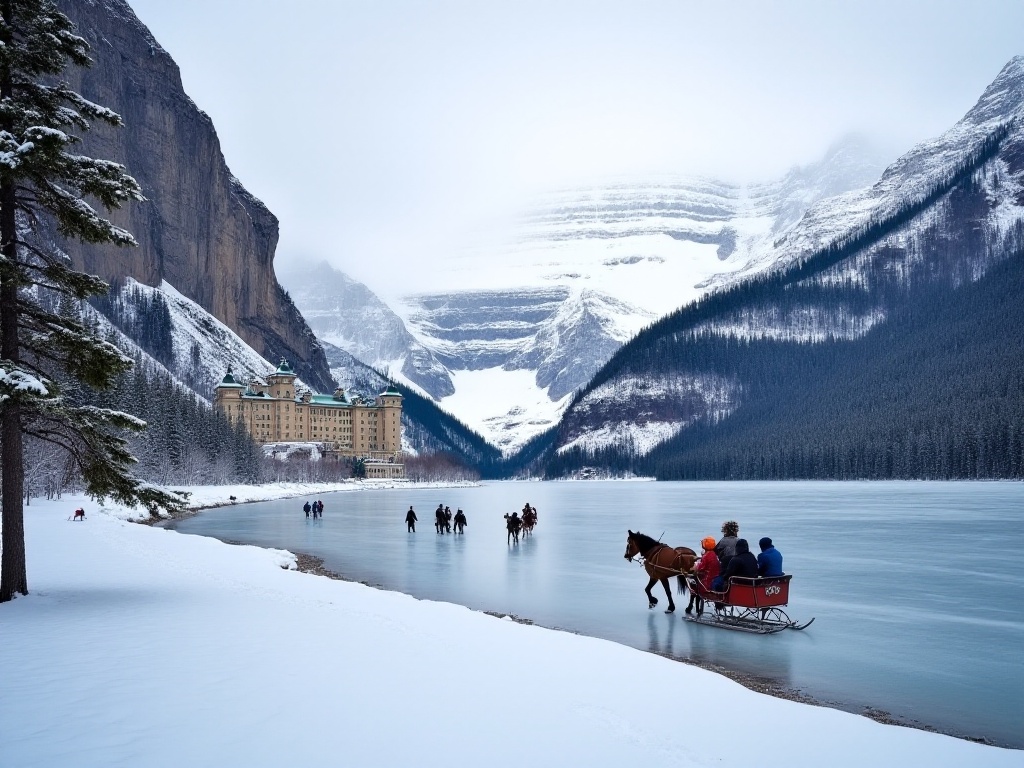
International Benchmarking
Since we're discussing domestic ice and snow tourism, let's look at what's happening abroad. I've done some research on ice and snow tourism in Europe and America, and found many aspects we can learn from.
First is product design. Foreign ice and snow tourism products emphasize experience, not just sightseeing but getting visitors truly involved. Some ski resorts design themed activities where visitors can participate in treasure hunts or photography contests while skiing.
Second is service philosophy. Foreign ice and snow attractions pay great attention to service details. From equipment rental to training, from dining and accommodation to recreation, every aspect is well-executed. This level of service is definitely worth learning from.
Nordic Inspiration
When it comes to ice and snow tourism, the Nordic region is truly a global benchmark. Lapland's Santa Claus Village is the perfect example of winter tourism, beautifully combining traditional culture with modern entertainment. Visitors can not only take photos with Santa but also experience reindeer sledding, ice fishing, and aurora viewing.
Norway's Tromsø aurora tours are also unique. They have professional aurora viewing spots, aurora camps, and aurora hotels. Visitors can lie under glass domes and comfortably watch the beautiful northern lights dance.
I particularly love their sauna culture experience. Soaking in hot springs in sub-zero temperatures outdoors, then warming up in a sauna, followed by a cup of hot mulled wine - this kind of enjoyment is truly addictive. In comparison, our ice and snow cultural products still need more innovation.
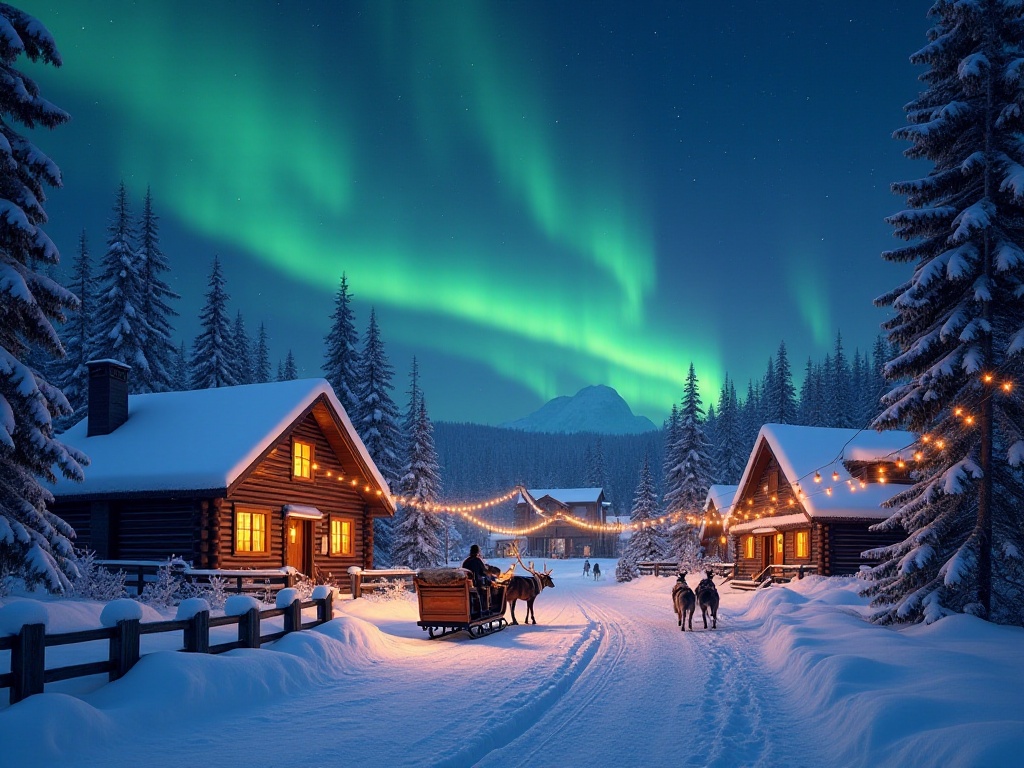
Alpine Experience
Swiss Alpine resorts like Zermatt and Verbier are absolute paradises for ski enthusiasts. They not only have world-class skiing facilities but also stylish snow towns. Walking on the cobblestone streets lined with delicate wooden houses and Christmas decorations creates a particularly cozy atmosphere.
What impressed me most were their Christmas markets. They offer everything from handicrafts to local specialties and snacks. Visitors can shop while enjoying mulled wine and cheese fondue, creating a special festive atmosphere.
Their ski facilities are also very user-friendly. Slopes of different difficulties are clearly marked, allowing beginners and experts to choose according to their needs. The cable car system is well-developed, with almost no queuing needed to reach various ski areas. Most importantly, their rescue system is particularly comprehensive, letting visitors have fun with peace of mind.
North American Lessons
North American ice and snow tourism is truly eye-opening. Places like Whistler and Banff National Park in Canada, and Breckenridge in Colorado, USA, have developed very mature ice and snow tourism industries.
Their greatest strength is perfectly combining winter sports with leisure vacation. Whether you're a professional or beginner, you can find suitable activities. Their supporting services are particularly comprehensive, from equipment rental to technical guidance, from dining and accommodation to entertainment and leisure.
Their family experiences are especially noteworthy. Many resorts specifically design parent-child activities so entire families can enjoy winter sports. Some resorts organize family ski competitions, teach children ice sculpture making, or hold ice and snow carnivals where children can learn about winter sports while having fun.
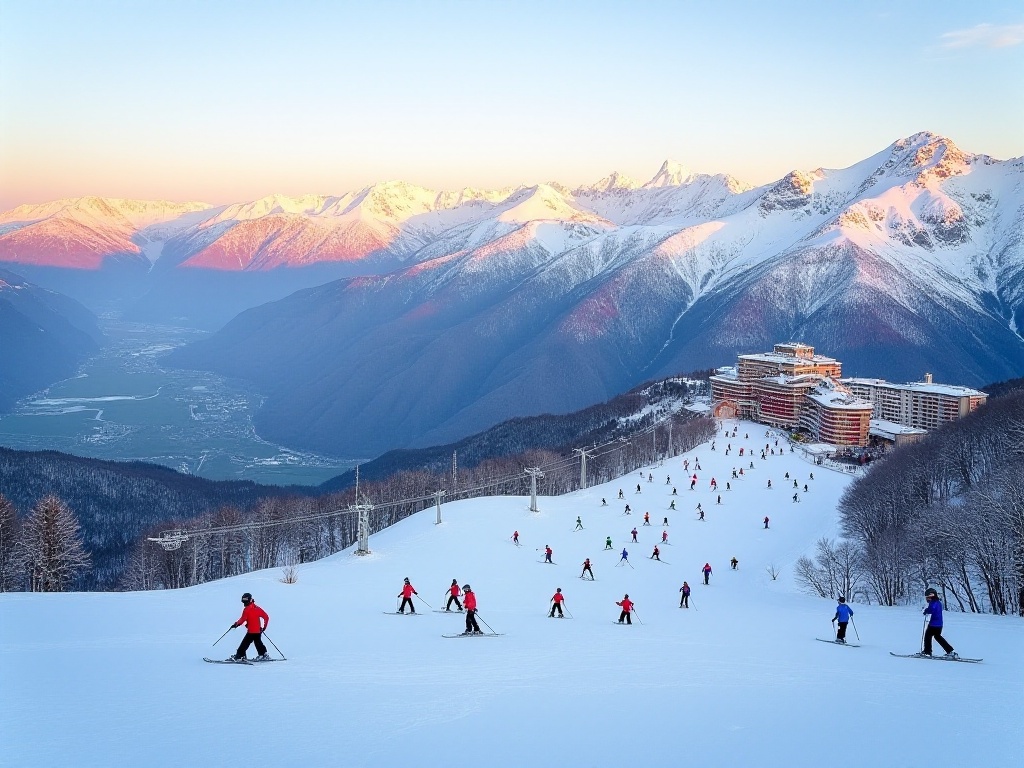
Future Outlook
Based on my recent observations and experiences, I believe China's ice and snow tourism has great potential for development. First, in terms of product innovation, we can develop more unique activities. For example, integrating traditional cultural elements into ice and snow activities to develop uniquely Chinese winter entertainment.
Second is service upgrade. Young people today have increasingly high service quality requirements, so we need to focus more on details. From booking systems to on-site service, from safety guarantees to emergency rescue, every aspect needs to be well-executed.
Finally, cultural integration. Ice and snow tourism isn't just a sport, it's a lifestyle. We can combine it with traditional festivals, folk customs, and food culture to create unique ice and snow cultural IPs.
I believe that with improving living standards and pursuit of quality life, China's ice and snow tourism will continue to develop better and better. I look forward to seeing more exciting changes in the near future.
How do you think China's ice and snow tourism can develop further? Feel free to share your thoughts with me. See you next time!


